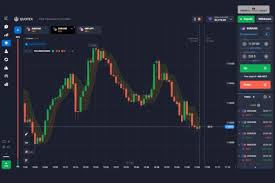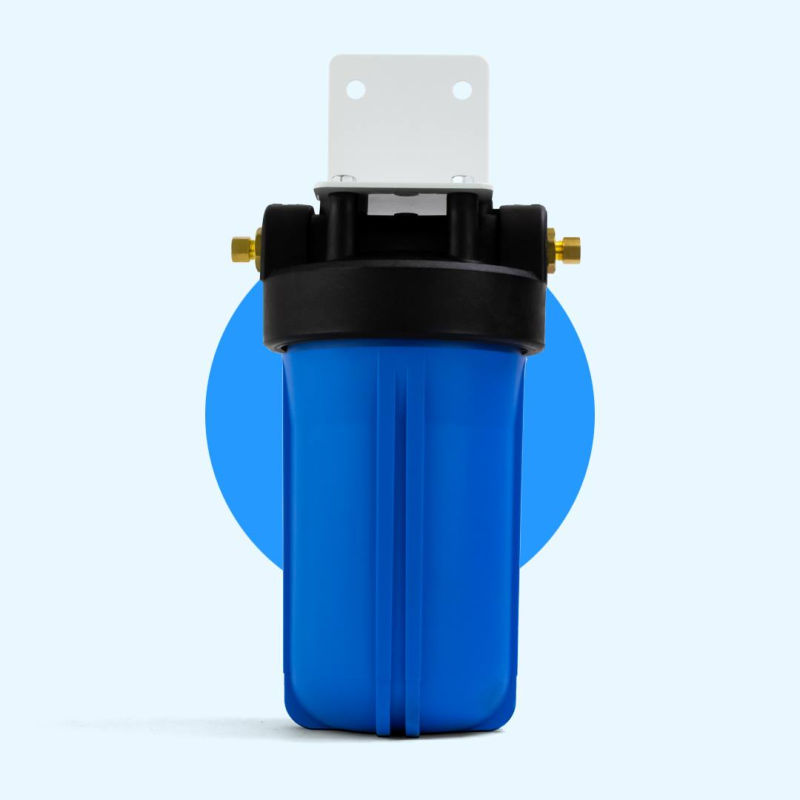
Cfd trading for Income: Building a Sustainable Portfolio
Cfd trading, or Contracts for Difference, is a method of trading derivatives that gives traders the ability to speculate on the rise or fall of asset prices without actually owning the underlying asset. This kind of trading allows people to trade with leverage – making larger trades with a smaller amount of capital. Cfd trading is a popular way for traders to take advantage of short-term market movements. In this blog post, we are going to explore some strategies that will help you master Cfd trading and achieve success.
Understand the basics of Cfd trading
The first step in mastering Cfd trading is to understand the basics. As mentioned earlier, Cfd trading is a derivative form of trading where traders can speculate on the rise or fall of an asset without owning it. The goal in Cfd trading is to make a profit from the difference between the buying and selling price of a CFD. It’s important to understand the risks and benefits of Cfd trading and get a good understanding of how it works before diving into active trading.
Set a trading plan and strategy
Before starting any kind of trading, it’s essential to have a plan and strategy in place. Decide on the assets to trade and do thorough research on market trends, price changes, and future predictions. Cfd trading involves high leverage, and it’s crucial to have a risk management strategy in place. Determine your position size, stop-loss, and take-profit levels, and stick to them.
Keep up-to-date with economic news and market events
Cfd trading requires being mindful of economic news and market events that affect the assets traded. Keeping an eye on any news about inflation, interest rate changes, and political events can help traders make informed decisions. It can also reduce the risk of being caught off guard by market changes. Utilize the resources available on the trading platform, such as economic calendars and news feeds, to stay informed.
Practice risk management
Cfd trading can be high-risk and highly volatile, and risk management is essential to avoid huge losses. Some best practices for risk management include setting stop losses, closing positions if you’ve reached your maximum loss, and managing leverage. Always be cautious and never make impulsive decisions on impulse.
Use technical and fundamental analysis
Technical analysis is used to determine the right time to enter or exit markets by analyzing charts and identifying trends and changing patterns. Fundamental analysis is used to examine the economic, financial, and other qualitative factors that can affect the asset’s market price. To succeed in Cfd trading, traders should learn how to apply these analyses to make informed decisions.
Conclusion:
cfd trading can be a challenging and risky venture, but with the right strategies, anyone can achieve success and profitability. It’s crucial to understand the basics, set a trading plan and strategy, stay updated on economic news and market events, practice risk management, and apply technical and fundamental analysis. With these tips, anyone can master Cfd trading and achieve the desired success. Remember, it takes time and effort to develop the necessary knowledge and skills, so, always be patient and disciplined.



